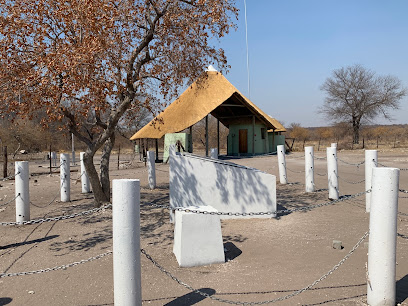
Explore the Untamed Beauty of Bwabwata National Park
Discover the breathtaking landscapes and rich wildlife of Bwabwata National Park, a must-visit destination for nature lovers and adventurers in Namibia.
Nestled in the heart of Namibia, Bwabwata National Park is a sanctuary for wildlife enthusiasts and nature lovers alike. With its diverse ecosystems, rich wildlife, and breathtaking landscapes, this national park offers an unforgettable experience for tourists seeking adventure and tranquility in nature.
A brief summary to Bwabwata-National Park
- WH2J+CGM, DIvundu, NA
Local tips
- Visit during the dry season (May to October) for the best wildlife viewing opportunities.
- Bring binoculars for birdwatching; the park is home to over 300 bird species.
- Consider a guided safari tour to enhance your experience and increase wildlife sightings.
- Pack sufficient water and snacks, as facilities within the park are limited.
- Respect wildlife and maintain a safe distance, especially from elephants and predators.
Getting There
-
Car
From Etosha National Park, exit the park via the Anderson Gate (the southern entrance). Head south on the C38 road toward Outjo. Continue on the C38 for approximately 210 kilometers until you reach the junction with the C44 road near the town of Okahandja. Turn left onto the C44 and continue for about 100 kilometers until you reach the junction with the B8 road. Turn left onto the B8 and continue for about 175 kilometers towards Katima Mulilo. Keep an eye out for the signs indicating the turn-off to Bwabwata National Park. Follow the signs toward Divundu, where you will find the park entrance. Note that you may have to pay an entrance fee to access the park.
-
Public Transportation
From any location in Etosha National Park, you will need to take a taxi or shuttle service to the nearest town with bus services, such as Outjo or Tsumeb. From there, take a long-distance bus heading towards Katima Mulilo. Make sure to confirm with the bus driver or conductor that they will stop near Divundu or Bwabwata National Park. Once you arrive in Divundu, you can hire a local taxi to take you directly to the park entrance. Be prepared for additional costs for both the bus fare and the taxi ride.
Discover more about Bwabwata-National Park
Iconic landmarks you can’t miss
Nunda River Lodge
1.6 km
Discover the serene beauty of Nunda River Lodge, a perfect escape for nature lovers in Namibia's breathtaking landscapes.

Rainbow River Lodge
1.7 km
Discover the tranquility of Rainbow River Lodge, your perfect Namibian escape surrounded by nature's beauty, comfort, and adventure.
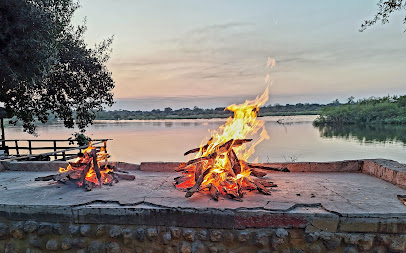
Divava Okavango Lodge & Spa
1.8 km
Discover luxury and adventure at Divava Okavango Lodge & Spa, where nature meets wellness in the heart of Namibia's stunning landscapes.

Divundu Guest House
2.9 km
Discover the serene charm of Divundu Guest House, a perfect retreat in Kavango, Namibia, offering comfort amidst breathtaking natural scenery.
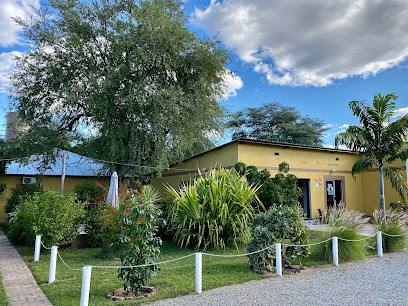
Ndhovu Safari Lodge
11.1 km
Discover the unique charm of Ndhovu Safari Lodge, where adventure meets tranquility along the banks of the Zambezi River.

Mahangu Safari Lodge
11.4 km
Discover the wild beauty of Namibia at Mahangu Safari Lodge, where adventure meets relaxation in a stunning natural setting.

Bwabwata National Park Mahango Core Area
16.9 km
Discover the breathtaking beauty and rich wildlife of Bwabwata National Park's Mahango Core Area, a true gem of Namibia's natural heritage.
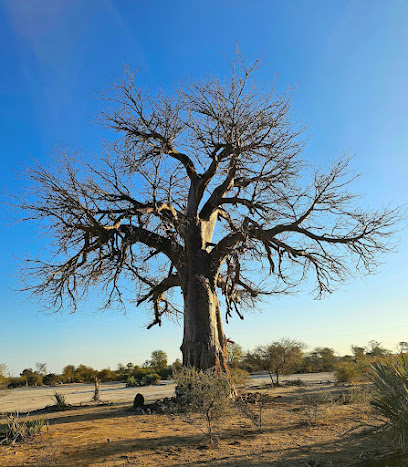
RIVERDANCE Lodge
27.0 km
Discover the beauty of Namibia at Riverdance Lodge, a family-friendly retreat offering comfort, adventure, and unforgettable experiences in nature.
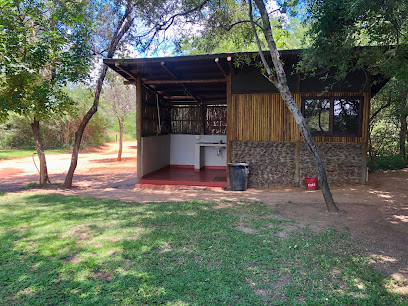
Mobola Island Lodge
29.1 km
Experience the tranquility of Mobola Island Lodge, a serene retreat in Rudhiva, Namibia, surrounded by breathtaking nature and warm hospitality.
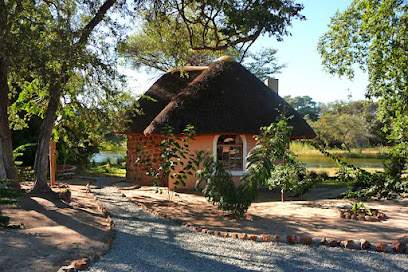
Drotsky's Cabins
47.3 km
Discover the beauty of Botswana at Drotsky's Cabins, a perfect self-catering retreat along the scenic Okavango River with nature and adventure at your doorstep.

Tsodilo Hills (World Heritage Site)
76.6 km
Discover the breathtaking landscapes and ancient rock art of Tsodilo Hills, a UNESCO World Heritage Site in Botswana, rich in culture and natural beauty.
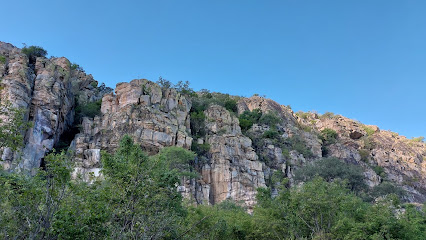
Shamvura Camp
76.6 km
Immerse yourself in nature at Shamvura Camp, a unique serviced campground in Namibia's Kavango Region offering adventure, relaxation, and cultural experiences.
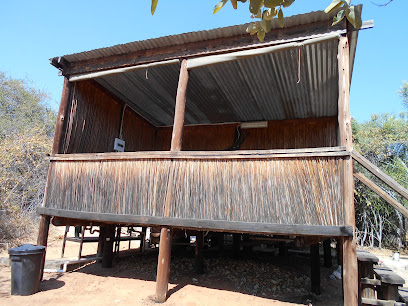
Unmissable attractions to see
Popa Game Park
2.3 km
Discover the breathtaking landscapes and diverse wildlife of Popa Game Park, an unforgettable destination in Namibia for nature enthusiasts.

Popa Falls Resort - NWR
2.6 km
Experience the natural beauty and tranquility of Popa Falls Resort, a perfect blend of comfort and adventure in Namibia's stunning landscapes.

Emms Cubango Ecological Camp
6.0 km
Explore the stunning landscapes and wildlife of Namibia at Emms Cubango Ecological Camp, the ultimate eco-friendly camping experience.

Khwe Living Museum
7.3 km
Explore the rich cultural heritage of the Khwe people at the Khwe Living Museum, an immersive experience in Namibia's vibrant traditions and lifestyle.
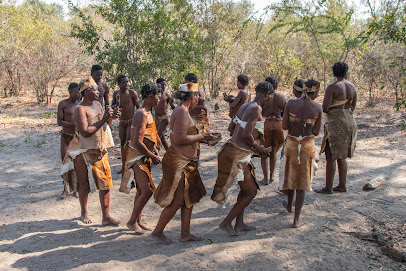
Ngepi Camp
9.5 km
Ngepi Camp: Experience the Wilderness of Namibia with Stunning River Views and Eco-Friendly Accommodations.

Buffalo Park Entrance Gate
9.6 km
Discover the natural wonders of Buffalo Park Entrance Gate, a gateway to breathtaking landscapes and diverse wildlife in an enchanting park setting.
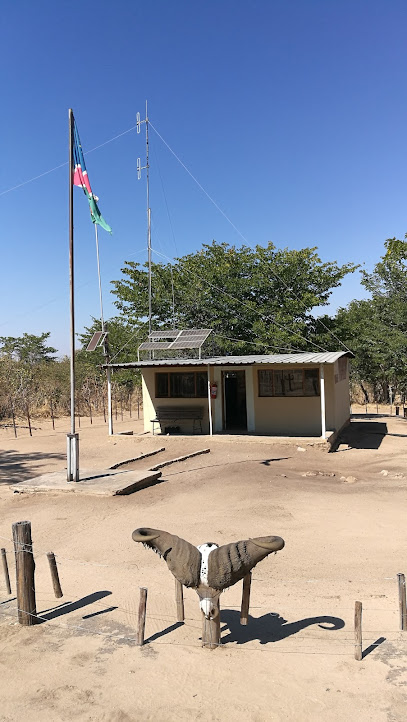
Okavango
29.6 km
Explore the breathtaking Okavango River, a UNESCO World Heritage site, offering unmatched wildlife experiences and cultural encounters in Botswana.
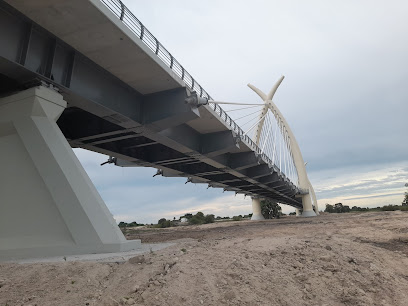
Namibia Space Observatory
66.7 km
Explore the cosmos like never before at the Namibia Space Observatory, where the stars come alive in the clear Namibian skies.
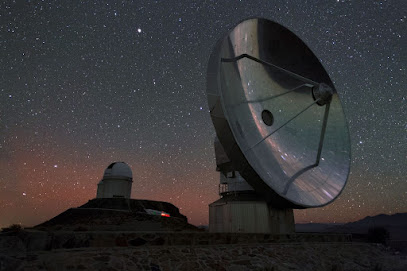
Cliff Trail Painting 1
72.3 km
Discover the breathtaking Cliff Trail Paintings of Tsodilo Hills, a UNESCO World Heritage Site showcasing ancient artistry and stunning natural beauty.

Rhino Trail Painting 4
74.4 km
Explore the ancient rock art and breathtaking landscapes of Rhino Trail Painting 4 in Tsodilo Hills, a UNESCO World Heritage Site in Botswana.

Rhino Trail Painting 13
75.5 km
Discover the ancient rock art and breathtaking landscapes of Rhino Trail Painting 13 in Tsodilo Hills, a UNESCO World Heritage Site in Botswana.

Cave
75.7 km
Explore Tsodilo Hills, Botswana's UNESCO World Heritage Site, rich in ancient rock art and breathtaking landscapes, perfect for nature lovers and history enthusiasts.

Tsodilo community Development Trust
76.8 km
Discover the ancient rock art and breathtaking landscapes at Tsodilo Hills, the UNESCO World Heritage Site in Botswana, a true gem for history lovers.
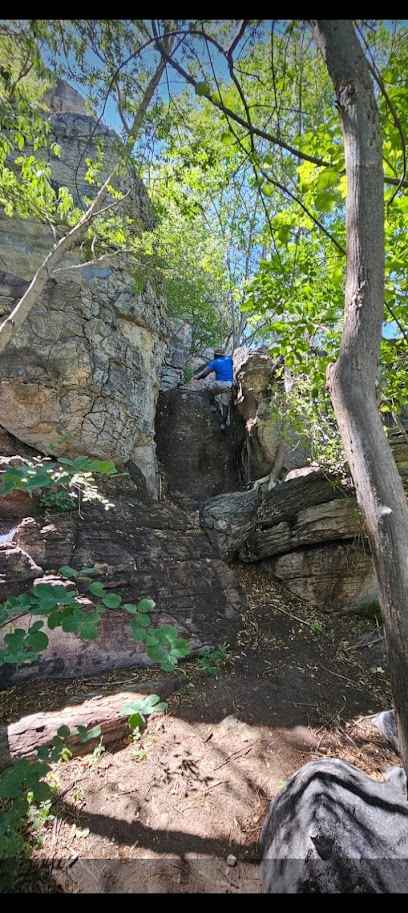
Essential places to dine
Shametu River Lodge & Campsite
2.1 km
Discover tranquility and adventure at Shametu River Lodge & Campsite, your gateway to Namibia's stunning landscapes and wildlife.

Divundu Guest House Restaurant & Bar
2.8 km
Savor authentic Namibian cuisine at Divundu Guest House Restaurant & Bar – where local flavors meet warm hospitality.
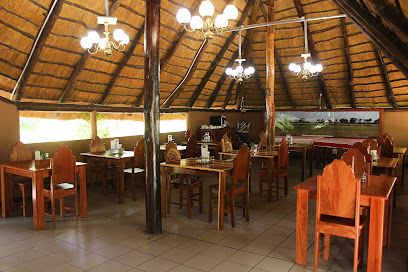
The Eatery Joint
39.1 km
Discover authentic flavors at The Eatery Joint in Shakawe – your gateway to Botswana's culinary heritage.
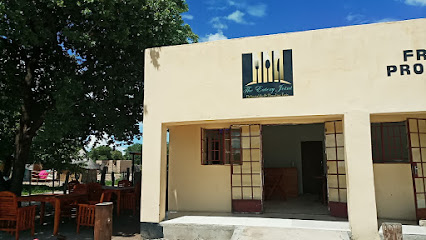
Dijo Deli Restaurant
42.5 km
Experience authentic Botswanan cuisine at Dijo Deli Restaurant in Shakawe – where local flavors meet culinary creativity.
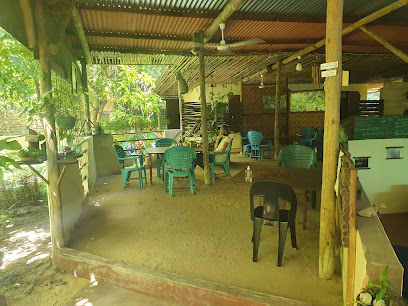
Kayova River Lodge
88.1 km
Discover serenity and adventure at Kayova River Lodge on the banks of the Okavango River in beautiful Namibia.

Markets, malls and hidden boutiques
Hombe Supermarket & Take Away
3.9 km
Explore the diverse offerings of Hombe Supermarket & Take Away, your go-to convenience store in Divundu for essentials and delicious local cuisine.
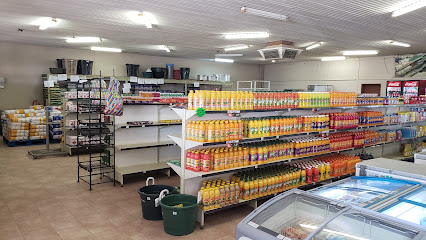
The Original Farmhouse
26.9 km
Discover the charm of rural Botswana at The Original Farmhouse, your serene escape into organic farming and nature's beauty.
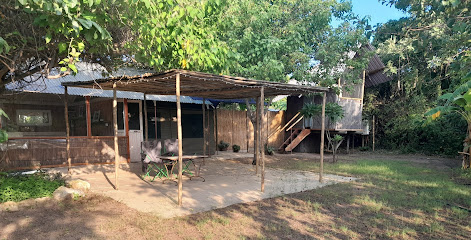
SEFALANA Shoppers Shakawe
40.1 km
Experience the essence of Botswana at SEFALANA Shoppers in Shakawe – where convenience meets local culture in a delightful shopping atmosphere.
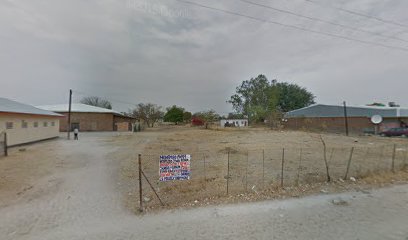
PEP Shakawe
40.2 km
Explore the vibrant world of fashion at PEP Shakawe, where style meets affordability in the heart of Botswana.

Blackthorn Inc
40.2 km
Explore the unique offerings at Blackthorn Inc, a vibrant general store in Shakawe, where local culture meets everyday essentials.

Carnival Furnishers Shakawe
40.3 km
Explore Carnival Furnishers in Shakawe for unique fitted furniture that captures Botswana's artistry and culture, perfect for your home.
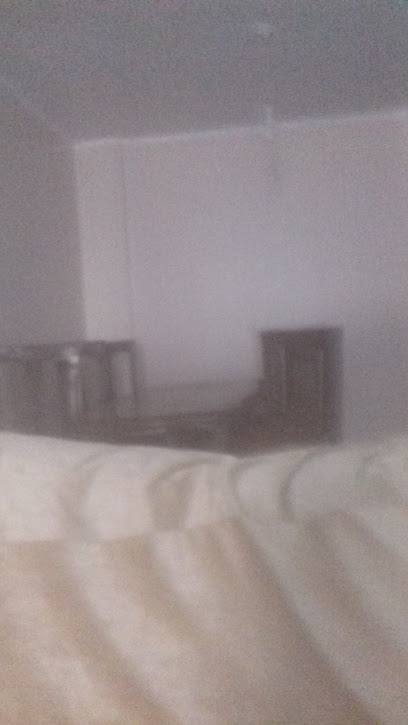
COLLEEN'S STATIONARY
40.3 km
Discover Colleen's Stationery in Shakawe: your destination for unique pens, notebooks, and creative supplies in a charming local shop.
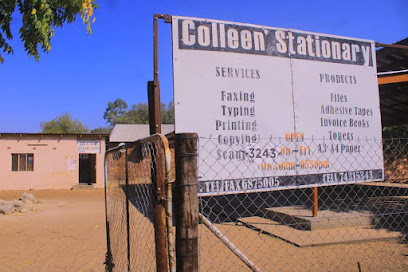
Bright hope mini shop
40.3 km
Discover the charm of Xakao at Bright Hope Mini Shop, your local destination for authentic crafts, snacks, and essentials.

Kim's closet
40.4 km
Discover unique clothing and vibrant styles at Kim's Closet in Shakawe, where local culture meets contemporary fashion.
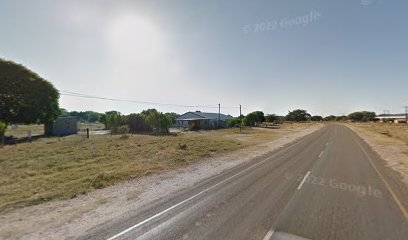
JB Sports Acaia Mall Shakawe
40.7 km
Explore the vibrant JB Sports at Acaia Mall in Shakawe for the latest in sports apparel and equipment, blending fashion and functionality.
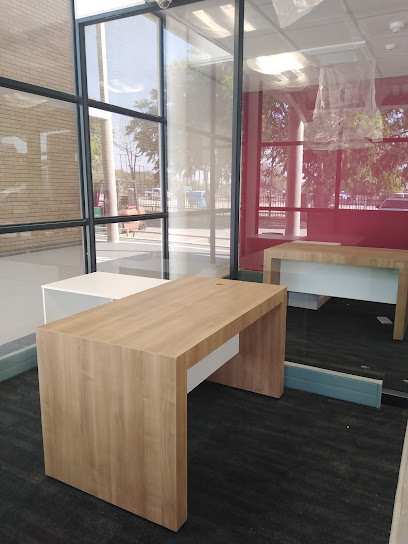
Tesfaye Express
40.8 km
Visit Tesfaye Express in Shakawe for quality hardware and local charm, perfect for all your DIY and home improvement projects.
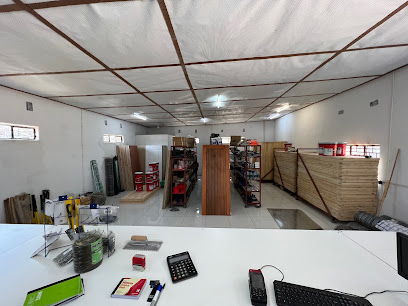
Choppies Shakawe
40.9 km
Explore the best of grocery shopping at Choppies Shakawe, where convenience meets local culture in Botswana.
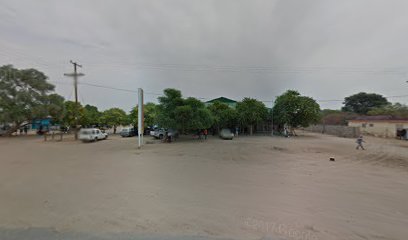
Acaciamall
40.9 km
Experience the local flavors of Botswana at Acaciamall, a bustling grocery store in Shakawe, perfect for tourists and locals alike.
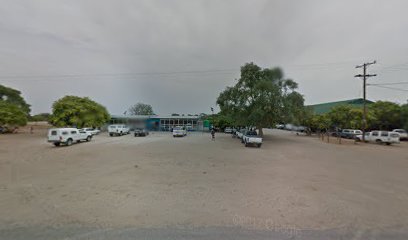
Tsodilo Hills
75.0 km
Explore Tsodilo Hills, Botswana's breathtaking UNESCO World Heritage Site, famed for its ancient rock art and stunning natural landscapes.
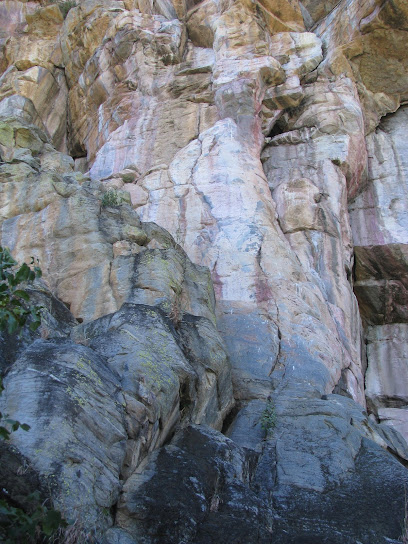
Tsodilo Hills Chalets
75.1 km
Discover the breathtaking beauty and cultural richness of Tsodilo Hills at the tranquil Tsodilo Hills Chalets, a perfect getaway for nature lovers.
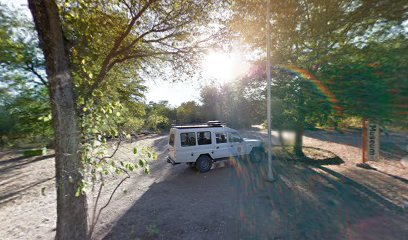
Essential bars & hidden hideouts
Gerry Garden Bar
3.0 km
Discover the inviting ambiance of Gerry Garden Bar in DIvundu, where refreshing drinks and local culture meet in a relaxing atmosphere.

Emms Cafe & Lounge
4.0 km
Discover the flavors of Namibia at Emms Cafe & Lounge in Divundu, where every meal is a celebration of local cuisine and culture.

Pub Chillas
50.2 km
Discover the lively atmosphere of Pub Chillas in Samochima, where local drinks and friendly faces await every visitor.
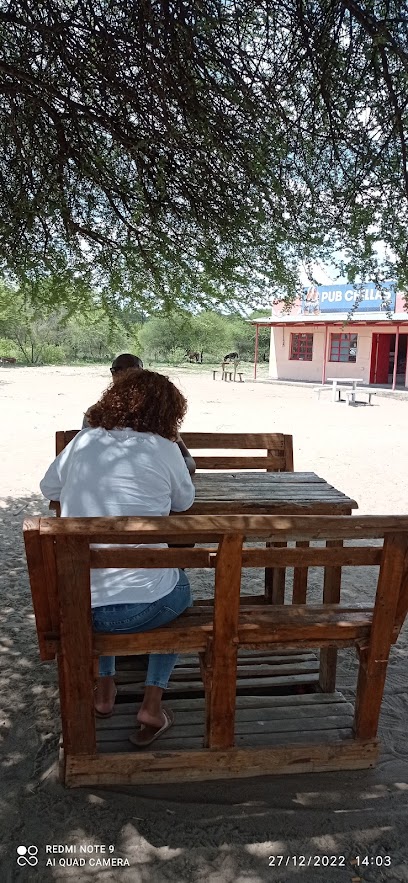
Shakawe River Lodge
50.6 km
Discover the beauty of Botswana at Shakawe River Lodge, a perfect blend of relaxation, adventure, and exquisite dining along the Okavango Panhandle.

Kashekete Bar
62.3 km
Discover the laid-back vibes of Mukuvi at Kashekete Bar, where refreshing drinks and friendly faces await in a vibrant atmosphere.
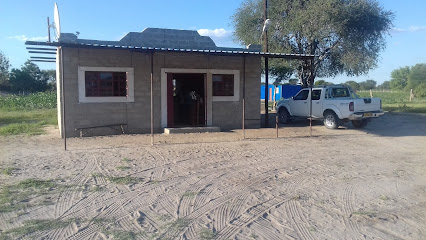
Baby's bar
66.1 km
Discover the vibrant atmosphere of Baby's Bar in Omega, a perfect spot for drinks, socializing, and enjoying local nightlife.

Tsodilo Camp
78.6 km
Discover the captivating beauty and cultural heritage at Tsodilo Camp, Botswana's serene campground near the ancient Tsodilo Hills.
